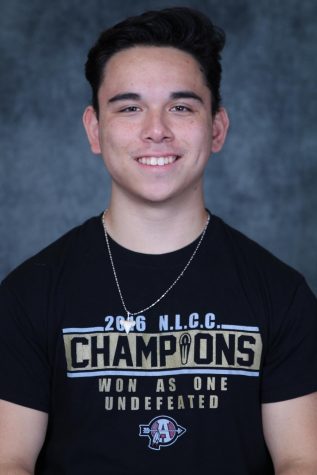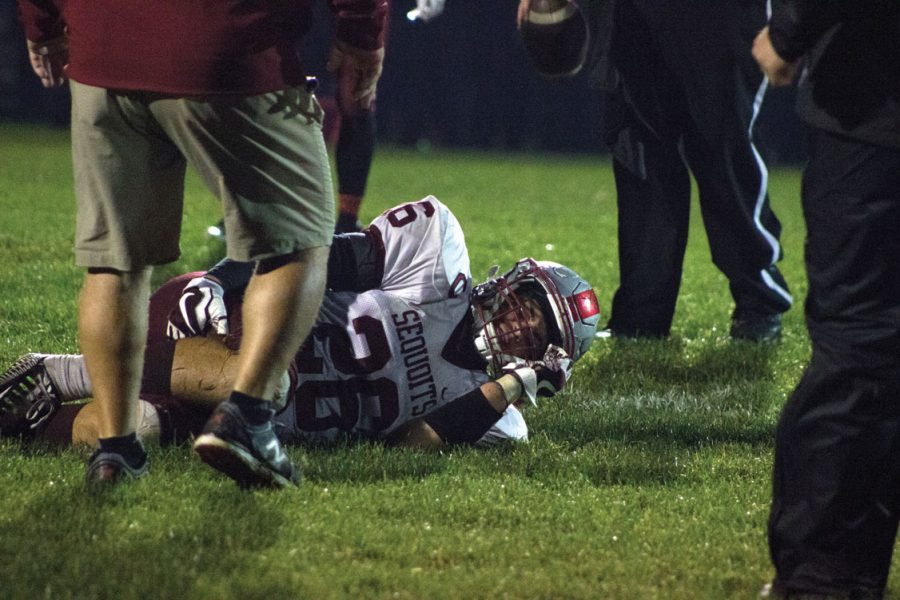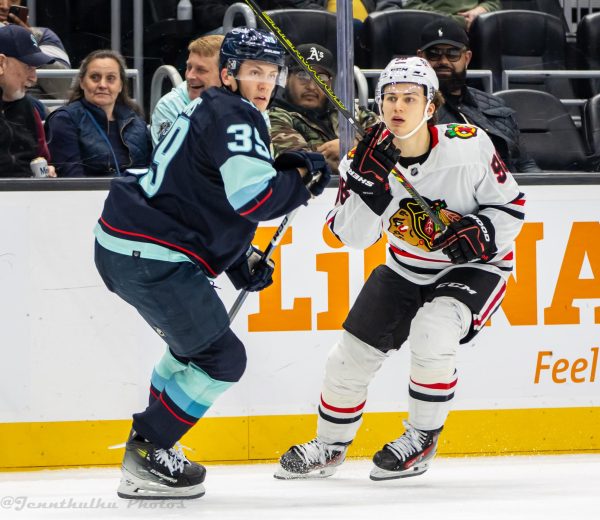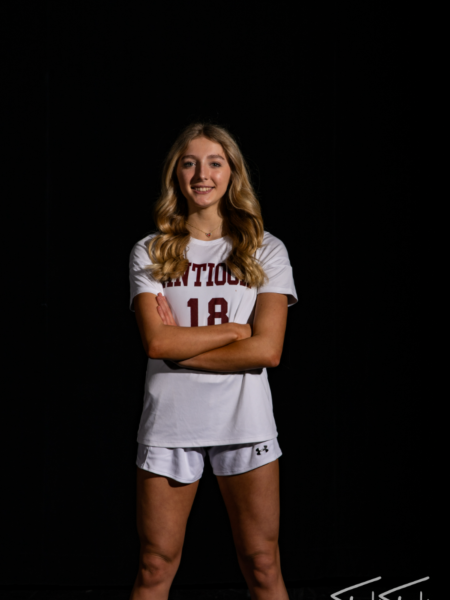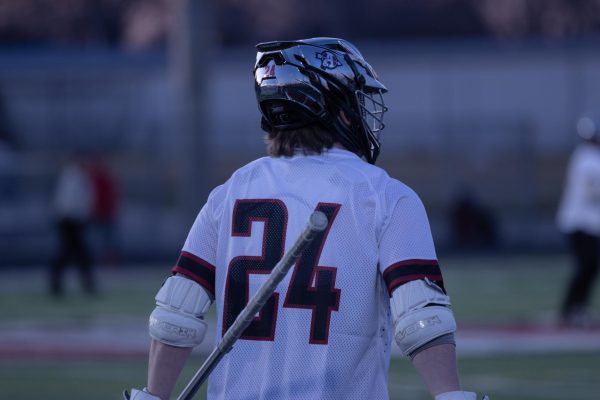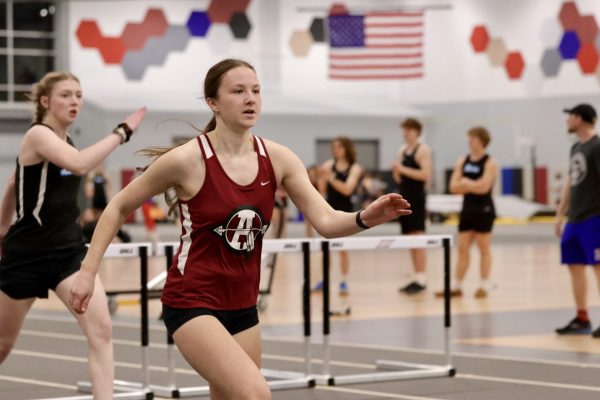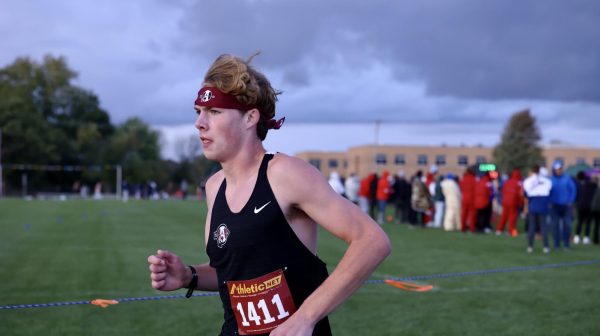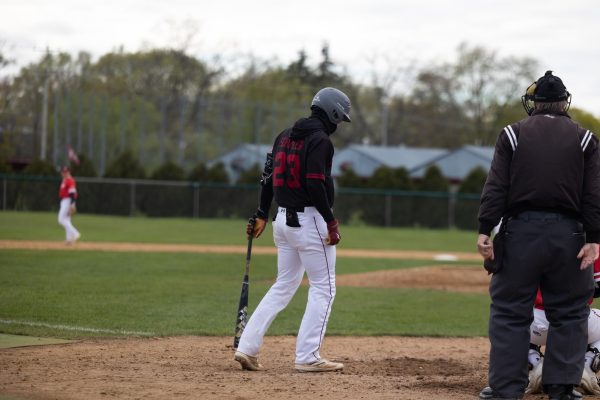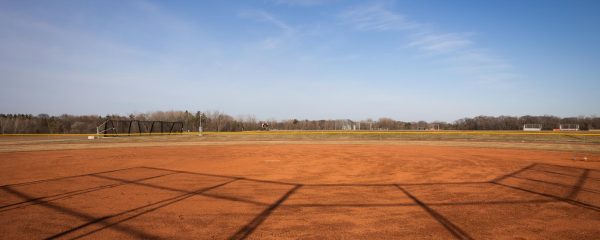Preventing Damage
The rise of new legislation and more cases of concussions have the ACHS trainers on watch.
More stories from Dan Filippone
According to a study from the U.S. Center for Disease Control (CDC), high school athletes account for an estimated two million injuries each year. There is a strong likelihood, with four years of potential sports participation, that virtually every athlete will experience some sort of injury before they graduate high school.
Assistant athletic trainer Bryn Nottoli works with athletes to help them prevent and recover from injuries.
“The most injuries come from football; it’s just the nature of the sport,” Nottoli said. “I mean, a lot of the objective involves an athlete running into another athlete.”
Concussions are an example of an injury that has a direct impact on a person’s ability to participate in sports and their personal life. A concussion is defined as a complex pathophysiological process affecting the brain, induced by traumatic biomechanical forces secondary to direct or indirect forces to the head. The term is also used to describe the effects of a concussion or temporary incapacity.
“Concussions affect all aspects of a person’s life,” Nottoli said. “The symptoms can affect you for a few days, weeks and even months; it changes from person to person in what they can or cannot do. They like to know exactly where they are going at all times.”
At Antioch, standard protocol at any athletic event is for the home team to provide an athletic trainer in case of injury. The athletic trainer’s primary duties include precautionary activities prior to the athletic event such as taping of ankles, stretching, massages and various other activities. During the athletic event, the trainer is on call in case an athlete suffers an injury. The athletic trainer must immediately assess the severity of the injury in order to provide appropriate care.
“Depending on what injury it is, there are a couple different measures to take depending on if it’s a spinal injury, concussion, ankle sprain or fracture,” Nottoli said. “For concussions we make sure there are no cervical fractures. If there is any neck pain, it’s an immediate referral to a hospital. If no neck pain is detected, we take them through a concussion protocol.”
Concussion protocols are used by doctors and trainers alike. The protocol asks a number of questions to the athlete, and once they complete the assessment, the program can estimate how bad the injury actually is.
The athletic trainer’s role is to be the first level of treatment and immediately assess the seriousness of the injury. They work as an extension of the medical system—aiding doctors and hospitals in less severe treatment and identification of serious injuries in a more timely manner.
“With the heightened awareness of concussions, it has completely changed my work,” Nottoli said. “Before we were working mostly on orthopedics and now I mostly work with concussion assessment.”
Illinois made an official law two years ago stating that all high schools must require a concussion assessment and return to play protocol. This helps with evaluating concussions before the trainer sends them to a doctor.
Sports injuries impact individuals in many different ways, from participating in sports to performing regular functions such, as attending classes to the potential risk of injury affecting their personal lives.
